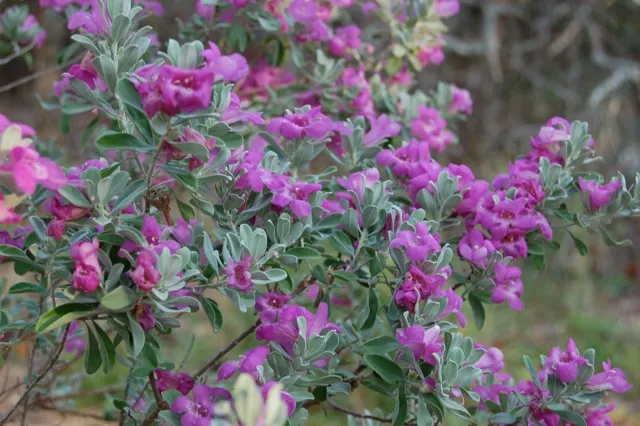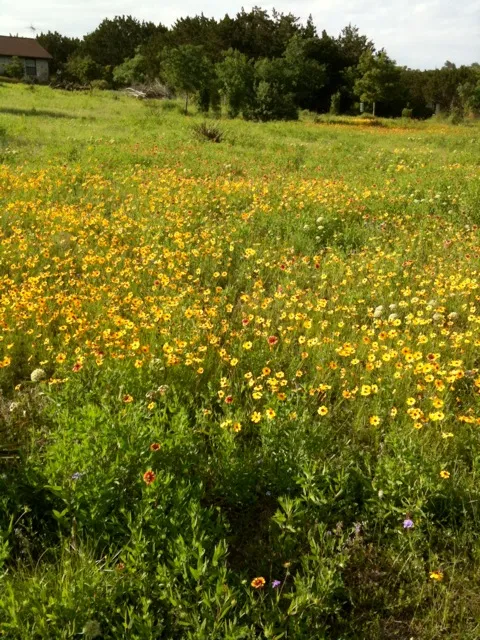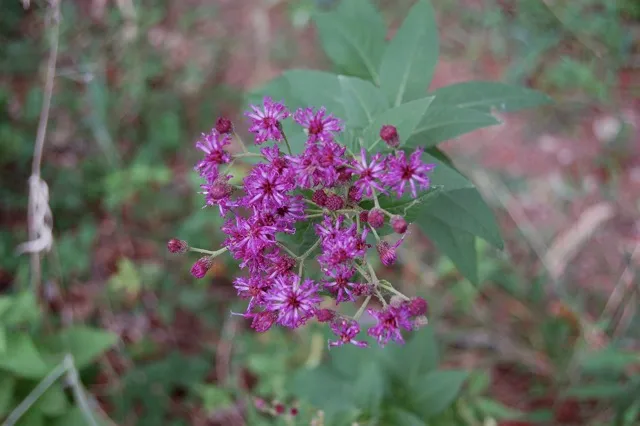By Delmar Cain
As I get older I have found myself making up very good reasons for not doing the things that I no longer want to do. My reasons may strike others as foolish but they serve my purposes just fine. For instance, I don’t have to go fishing ever again, since I have already gone enough. I’ve caught catfish, bass, crappie, pike, sunfish, brim and drum. I know that there are those, including my son, who will say but what about rainbow trout, red snapper, salmon and tuna? My answer is when it is prepared I’ll eat it. But I don’t have to go and catch it.
I realize that the above statement about fishing may cause me to lose credibility in the eyes of some but that is just the price of saying the truth of it. And the further truth of it is that I am tired of mowing grass. I have been doing it in one form or another for about 55 years and that seems to be long enough. If I can find some other way of having an attractive and interesting yard without mowing every week, or every other week or twice a year I am for it.

My friends Marvin and Jana Hatter have managed to create such a yard on their 3 acres northeast of Boerne. Each season of spring, summer and fall produces another group of colorful blooming native plants along with the butterflies that are attracted by them. And since the plants, trees and vines are native (and with a little help from Mother Nature in the form of rain) they will put on their show at the appointed time.
In the early spring the Mexican plum arrives early with its impressive cream-colored blooms and its wonderful fragrance. The butterflies love it. Then come the Texas redbud with red flowers and no leaves, the rusty blackhaw, the agarita with its small yellow but fragrant flowers and the mountain laurel, whose grapelike blossoms remind me of my favorite childhood soft drink, the grapette. The escarpment cherry will bloom not far behind. In its own good time throughout the year after a rain, the cenizo will announce itself with beautiful purple blooms.

Meanwhile in the big yard in front as the season moves toward summer the annuals and perennials (which were mowed once last year in the late fall after making seeds) are beginning their performance. The Indian blanket and Texas paintbrush are annuals and reseed themselves every year. The prairie paintbrushes (both orange and yellow), the antelope horns (host plant for the monarch butterfly), the mealy blue sage, the greenthread and the pincushion daisy, all perennials, make a wonderful painter’s palette of color.
It is a fact that in a dry year a yard of native flowers will not flourish as is does in years with adequate rain. But in my view a yard (whether native or not) should not look the same in dry years as it does in wet years. If it does it means that someone is using a lot of groundwater to keep the yard nice (unless they are using a highly efficient drip system with captured rainwater). But when the rains come again, Marvin and Jana’s yard with its native perennials and seeded out annuals will be ready to take full advantage of the moisture.

On the fences are the climbers, Lindheimer’s morning glory, snapdragon vines and purple leatherflower. Some have to be protected from the deer, of course, as they do in every other neighborhood. Also along the fences are some real eye stoppers—the western ironweed and the wooly ironweed. The deep purple blooms are beyond description, at least by this writer.
In the fall the bush sunflower will bloom on the stalks that it has been lazily growing since spring. The bushy boneset or thoroughwort (our upcoming September plant of the month) will have clusters of small white flowers that will attract a large variety of fall butterflies. In another part of the yard the blue mist-flower, a relative of the thoroughwort that blooms a bit earlier, does an equally good job as a nectar source.
Finally in the late fall the possumhaw will produce its beautiful red berries, which will last until spring, and the leaves of the rusty blackhaw will turn bright red trying, but probably without success, to outshine the flameleaf sumac.
Marvin and Jana’s yard is not an accident and it came with years of patience and care. I have given you just a sample of what is growing there. For more than thirteen years they have been adding to the number and variety of trees, vines, shrubs and wildflowers both through yard seeding and home germinated potted plants. In addition Marvin generously donates an ample variety of plants to the Boerne Chapter of the Native Plant Society of Texas for sale at the Cibolo Nature Center’s Mostly Native Plant Sale each April.
Marvin and Jana’s hard work has paid and will continue to pay Hill Country “beauty dividends” in wet years and in dry years. And just think how little mowing Marvin has to do.


